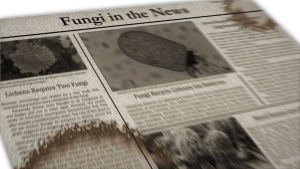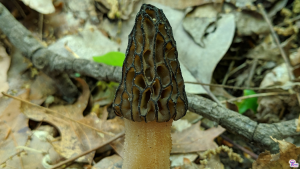#227: Polyporus umbellatus, the Umbrella Polypore
I have never found Polyporus umbellatus, but apparently I’m not alone. This mushroom has a wide range that covers the whole northern hemisphere but the mushrooms are still uncommon. Known as the “Umbrella Polypore,” P. umbellatus forms rosettes on the ground under hardwood trees. The central stalk branches repeatedly and each branch ends in a circular umbrella-like cap (hence its common name). Umbrella Polypores appear in the spring just after morel season and sometimes reappear in the fall. The fungus is a weak parasite and can feed on its host trees for decades, so after you find one once, you know where to find some next year! The mushroom is considered edible and medicinal, although different parts are used for each purpose.

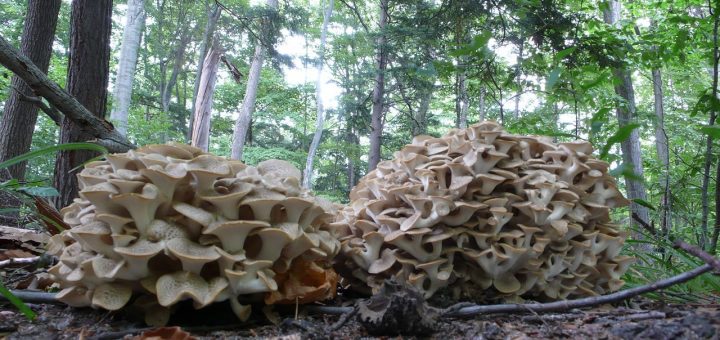
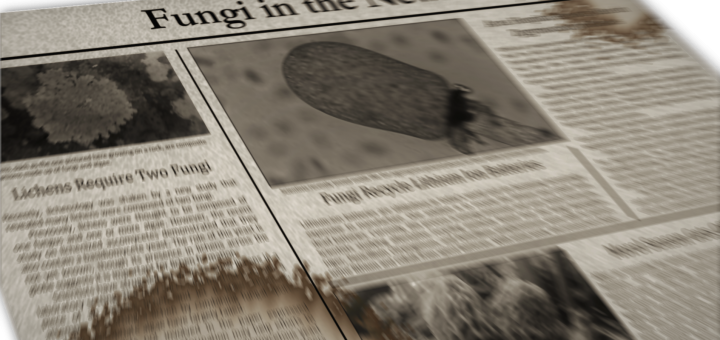
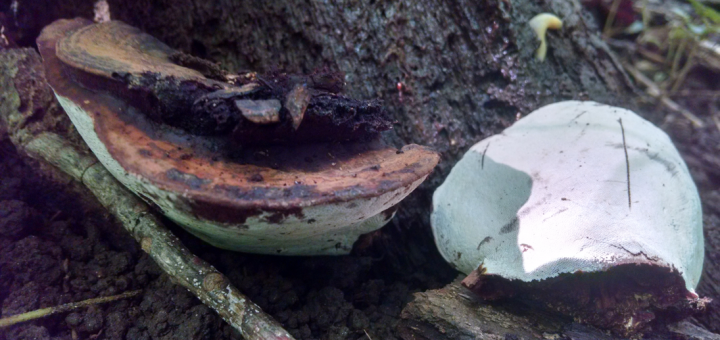
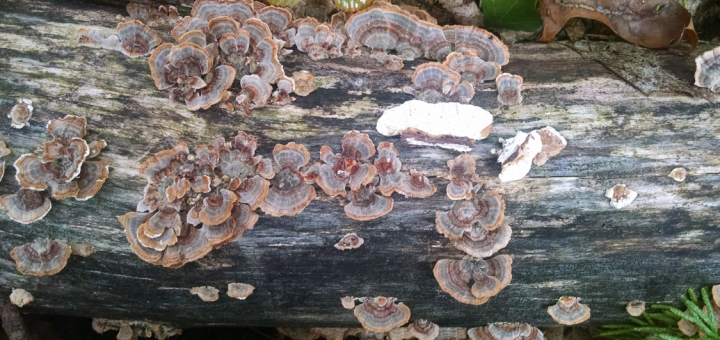
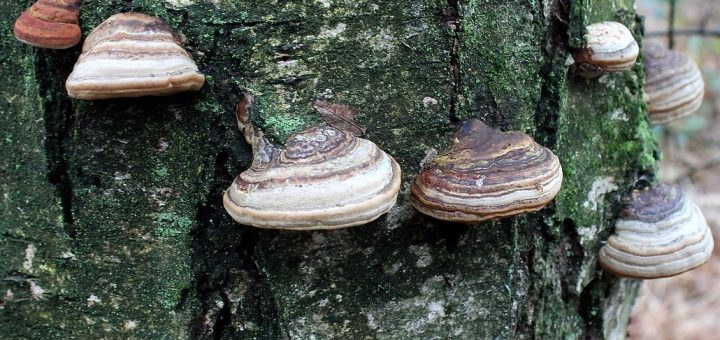






![#011: Characteristics of Kingdom Fungi [Archived]](https://www.fungusfactfriday.com/wp-content/themes/hueman/assets/front/img/thumb-small-empty.png)

